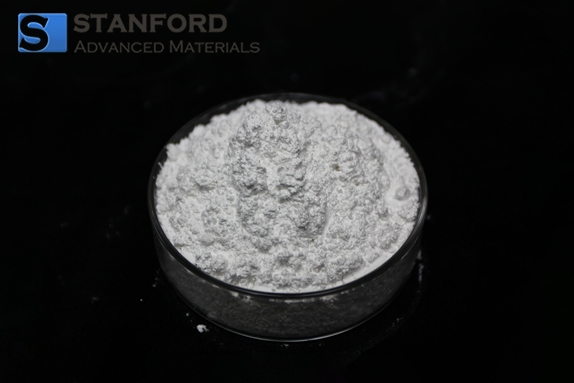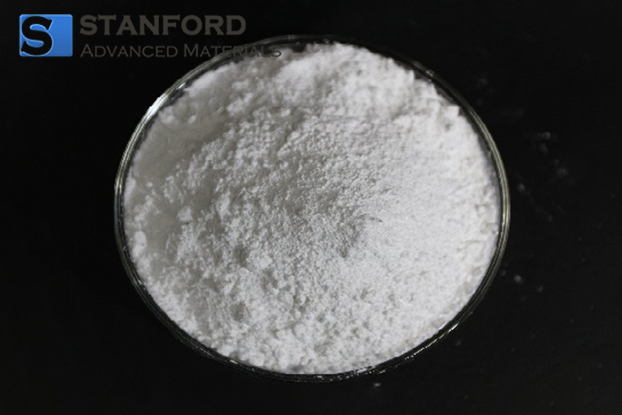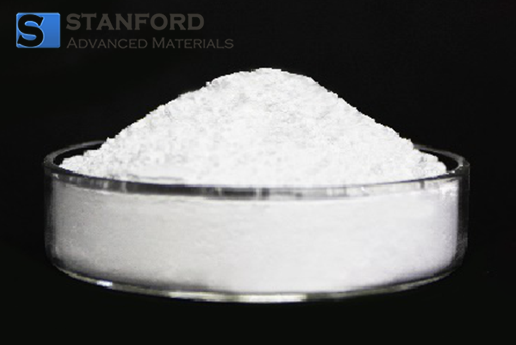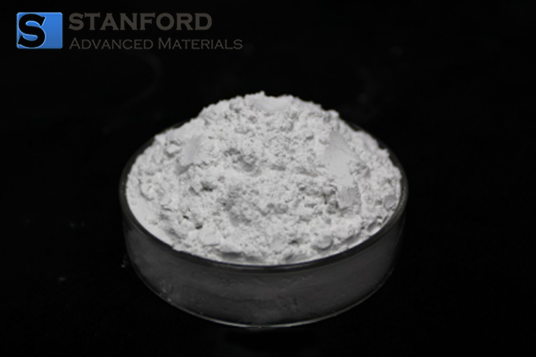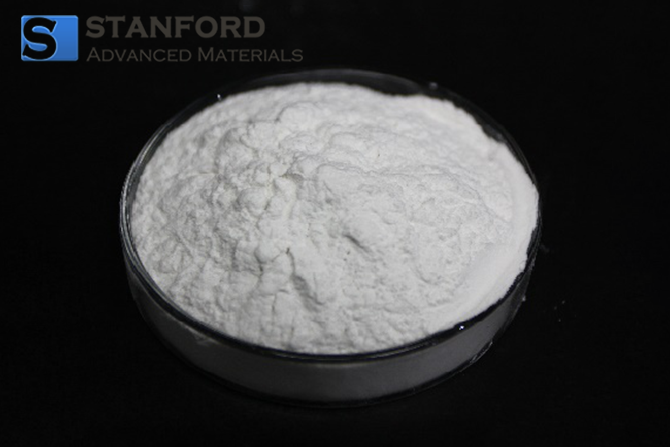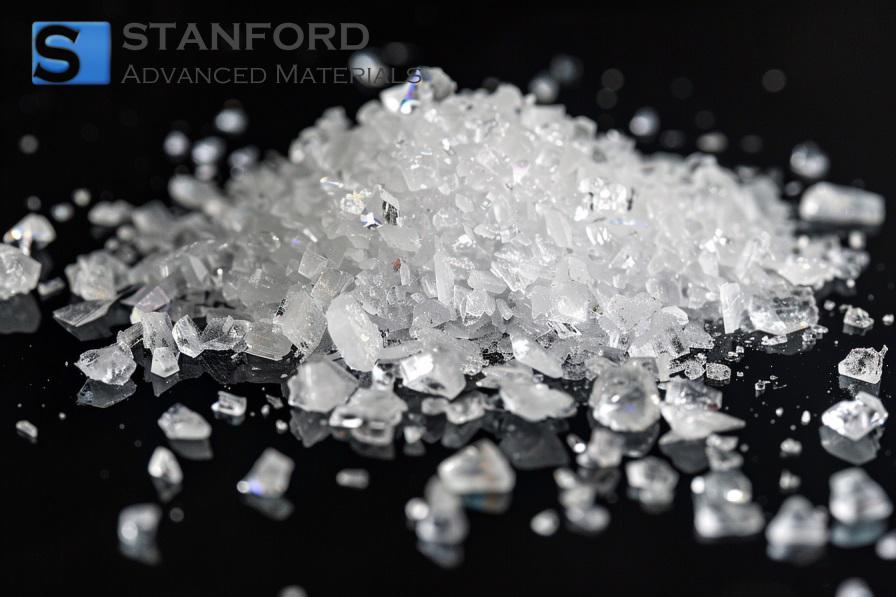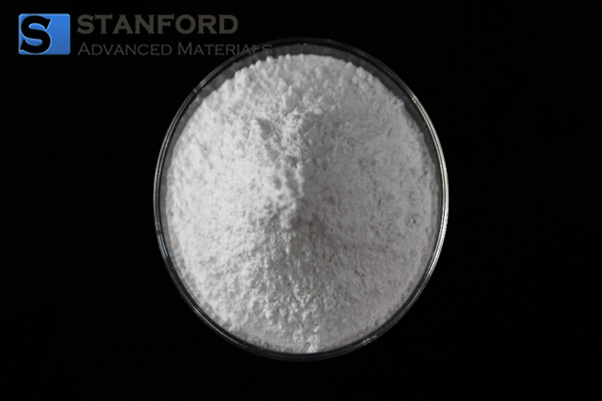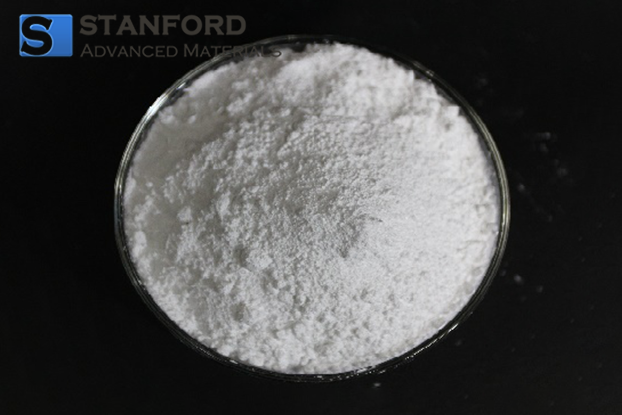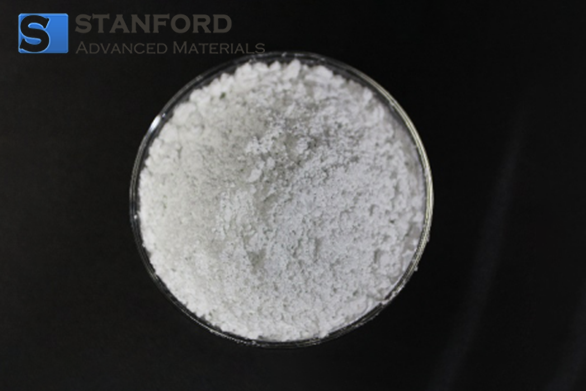Low Temperature Glass Powder (400C) Description
Low Temperature Glass Powder (400C) provided by Stanford Advanced Materials is made from a variety of non-metallic oxides as raw materials, through crushing, purification, grinding, grading, and other special processes. It has a low melting temperature and sealing temperature, good heat resistance, chemical stability, and high mechanical strength, is an advanced sealing material, and can realize glass, ceramics, metals, semiconductors, and other materials that are difficult to be compatible with each other between the mutual sealing of the material, has a very high value of application. Low Temperature Glass Powder is widely used in electric vacuum and microelectronics technology, laser and infrared technology, high-energy physics, aerospace, and many other high-precision fields.
Low Temperature Glass Powder (400C) Specifications
|
Physicochemical Information
|
|
Average Particle Size D50 (μm)
|
0.5-20
|
|
Max. Particle Size D100 (μm)
|
<5, or customized
|
|
Density
|
2.65 g/cm3
|
|
Melting Point (℃)
|
400
|
|
Mohs Hardness
|
4-7
|
|
Dielectric Constant DK
|
4.65εr
|
|
Dielectric Loss Df
|
0.0018 tgδ
|
|
Linear Expansion Coefficient
|
20-100 1/K
|
|
Conductivity
|
≤30 uS/cm
|
|
Chemical Data
|
|
SiO2
|
2.23%
|
|
Al2O3
|
22.44%
|
|
Fe2O3
|
<0.01%
|
|
Na2O
|
16.95%
|
|
CaO
|
0.03%
|
|
P2O5
|
31.2%
|
|
K2O
|
11.64%
|
|
ZnO
|
0.03%
|
Low Temperature Glass Powder (400C) Applications
1. Sealing materials: Low Temperature Glass Powders are often used as one of the main components of sealing materials. Due to its low melting point, it can be sintered and molded at relatively low temperatures to form seals with good sealing properties. These seals are commonly used in vacuum packages, sensors, electronic devices, and other fields.
2. Encapsulation materials: Low Temperature Glass Powder is also widely used in the preparation of encapsulation materials. It can be used as a substrate or encapsulation layer of encapsulation materials to protect electronic devices, integrated circuits, sensors, and other devices while providing good insulation and mechanical support.
3. Optical applications: Because of its high transparency and optical properties, Low Temperature Glass Powder is also used in some optical applications, such as optical glass preparation, optical lenses, optical windows, and other fields.
4. Ceramic materials: Low Temperature Glass Powder can be mixed with other ceramic powders for the preparation of ceramic materials, such as ceramic seals, ceramic substrates, ceramic coatings, and so on. It provides the structural support and chemical stability required for ceramic products.
5. Magnetic materials: Low Temperature Glass Powder is sometimes used to prepare magnetic materials, such as magnetic encapsulation, magnetic media, etc. for encapsulation and fixation of magnetic components.
Low Temperature Glass Powder Packing
Our Low Temperature Glass Powder is carefully handled during storage and transportation to preserve the quality of our product in its original condition.
Low Temperature Glass Powder FAQs
Q1: Is glass powder flammable?
Fire and Explosion Hazard Overview: This material is considered non-flammable and non-combustible.
Q2: What is the hardness of glass powder?
Glass is one of the more difficult materials to process as it has a high hardness (Mohs hardness of ~4 to 7) and sharp edges upon fracture. Durable, field-proven, equipment and techniques are required for successful glass grinding, especially for ultra-fine milling requirements.
Q3: Where is glass powder used?
Glass powder is the result of glass being crushed using a mill. Glass powder is commonly used to make electronic tapes along, and can also be used as an additive or filler for other electronic applications. Blinding is a huge problem that occurs when sieving glass powder due to the high density of the product.

